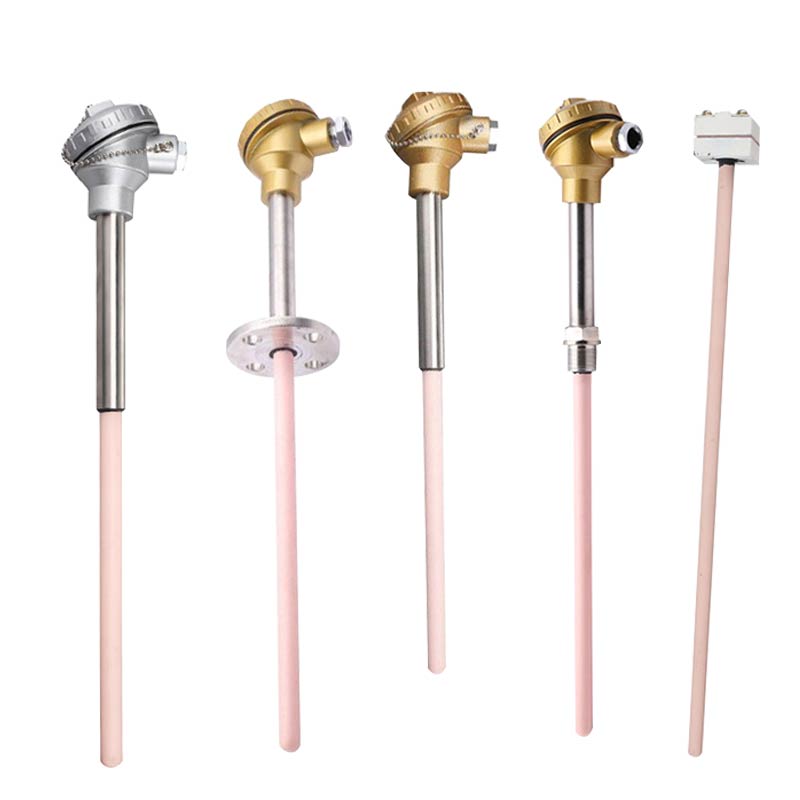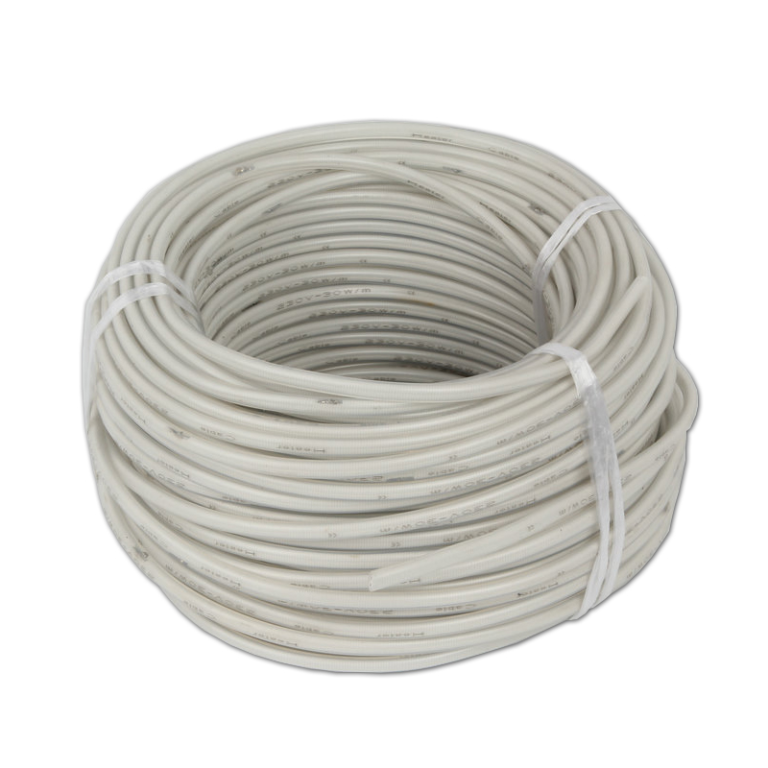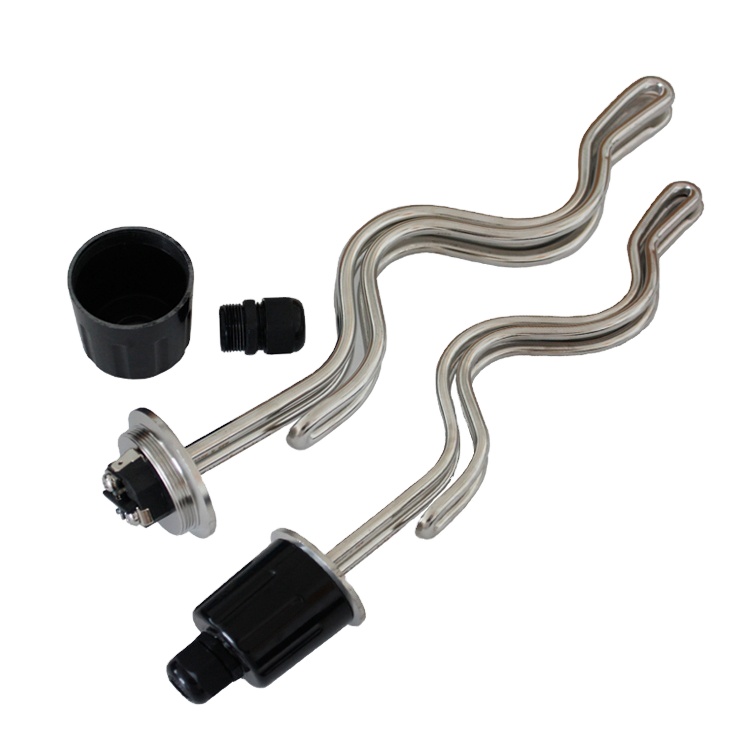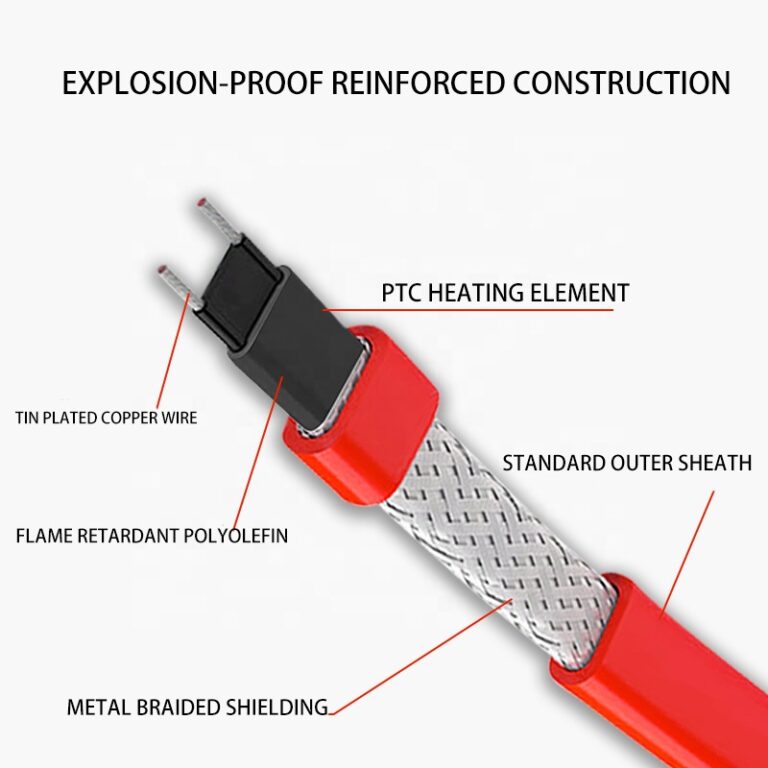Introduction
A thermocouple is a widely used device for measuring temperature, et il joue un rôle crucial dans diverses applications industrielles. L'un des types de thermocouples les plus remarquables est le thermocouple platine-rhodium., réputé pour sa précision, stabilité, et capacités à haute température. Cet article approfondit les spécificités des thermocouples platine-rhodium, leurs types, caractéristiques, and applications.

Understanding Platinum Rhodium Thermocouples
Platinum rhodium thermocouples are classified into different types based on their composition, primarily Type B, Type R, and Type S.
Thermocouples de type B
Composed of 70% platinum and 30% rhodium (positive leg) et 94% platinum and 6% rhodium (negative leg), Type B thermocouples are suitable for extremely high-temperature measurements. They can operate in temperatures ranging from 0°C to 1700°C. Cependant, they only start generating significant thermoelectric voltage from around 600°C. Type B thermocouples are often used in environments where the highest levels of temperature measurement accuracy are required, such as in glass production, metal processing, and high-temperature research.
Type R Thermocouple
Type R thermocouples consist of 87% platinum and 13% rhodium (positive leg) and pure platinum (negative leg). They can measure temperatures up to 1600°C, which makes them suitable for high-temperature applications in environments slightly less extreme than those for which Type B thermocouples are used. Type R thermocouples are commonly employed in the chemical industry, where stable and accurate temperature readings are vital for the synthesis and processing of compounds.
Type S Thermocouple
Similar to Type R, Type S thermocouples are made of 90% platinum and 10% rhodium (positive leg) and pure platinum (negative leg). Their operating temperature range is slightly lower, from -50°C to 1600°C. Type S thermocouples are often used in industries where high precision and reliability are paramount, such as in the petrochemical and pharmaceutical industries, as well as for calibration standards due to their excellent stability.
| Conductor material | Taper | Grade | Spec. of protection tube(mm) | |||
| Longueur totale | Durée d'immersion | Diamètre | Material of protection tube | |||
| PtRh10-Pt | WRP | S | 300 350 400 450 550 650 900 1150 1300 | 150 200 250 300 400 500 750 1000 1100 | 8/10/16/25 | 99.9% Al2O3 ceramic |
| Pt-Rh30-Pt6 | WRP | B | 99.9% Al2O3 ceramic | |||
| PtRh13-Pt | WRQ | R. | 99.9% Al2O3 ceramic | |||
| Mini PtRh10-Pt | WRP | S | 150-1500 | 150-1500 | 99.9% Al2O3 ceramic | |
Characteristics of Platinum Rhodium Thermocouples
High Temperature Capabilities
One of the standout features of platinum rhodium thermocouples is their ability to measure extremely high temperatures. This makes them indispensable in industries that operate under harsh conditions where other thermocouples might fail.
Stability and Longevity
Platinum rhodium thermocouples are known for their remarkable stability over time. They show minimal drift, even under prolonged high-temperature exposure, ensuring consistent and reliable measurements. En plus, their resistance to oxidation and corrosion further extends their useful life.
Précision
The precision of platinum rhodium thermocouples is another key advantage. They provide highly accurate temperature readings, which are critical in processes where even slight deviations can lead to undesirable outcomes.
Applications of Platinum Rhodium Thermocouples
Industrial Furnaces
Platinum rhodium thermocouples are widely utilized in industrial furnaces, where precise temperature control is essential for the production of high-quality materials. Their reliability and ability to withstand extreme temperatures make them ideal for monitoring and control in these settings.
Semiconductor Manufacturing
Dans l'industrie des semi-conducteurs, maintaining exact temperatures is crucial for ensuring the quality and performance of semiconductor devices. Platinum rhodium thermocouples are commonly used in these applications due to their accuracy and stability.
Research and Development
Platinum rhodium thermocouples are also employed in research and development environments, particularly in studies involving high-temperature reactions and materials science. Their performance ensures that researchers can obtain accurate and reliable data for their experiments.
Conclusion
Thermocouple platine rhodiums, encompassing Types B, R., and S, are essential tools in various industries requiring precise, high-temperature measurements. Their remarkable stability, accuracy, and longevity make them a preferred choice in demanding environments. Whether in industrial furnaces, semiconductor manufacturing, or cutting-edge research, platinum rhodium thermocouples play a crucial role in enabling accurate and reliable temperature monitoring, thereby contributing significantly to the success of these applications.






As a global buyer, we’ve tried many thermocouples, and these are by far the most reliable and accurate we’ve encountered.
We are thrilled with the product quality and the excellent customer support. These thermocouples are now our go-to choice.
Great value for the money! These thermocouples maintain their accuracy even in the most challenging environments.
We’ve been using these thermocouples across multiple projects, and their performance has been nothing short of outstanding.
Highly impressed with the build quality and accuracy of these Platinum-Rhodium Thermocouples. Strongly recommended for anyone in need of reliable temperature measurement solutions.